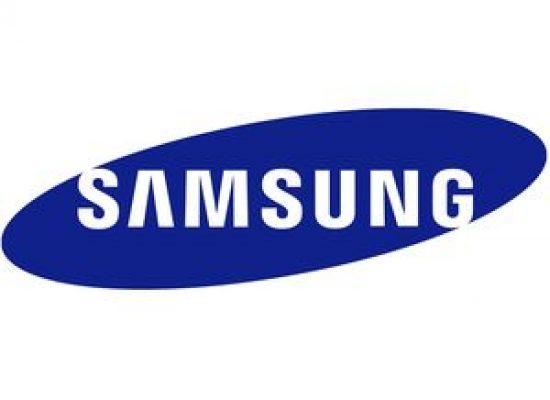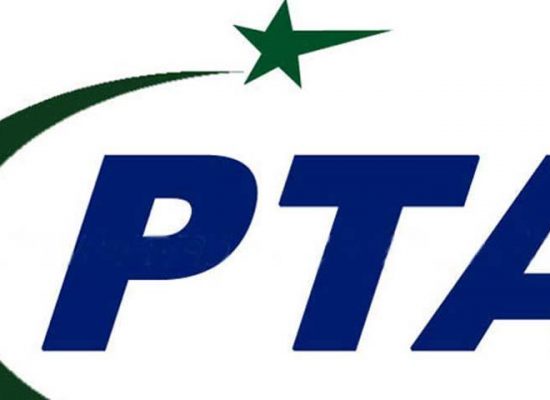| SPECS & Features | |
| What's New? |
CELEBRATING 60TH ANNIVERSARY IN MANAGING FREQUENCY SPECTRUM THUS CONTRIBUTING IN SOCIO-ECONOMIC DEVELOPMENT OF PAKISTANTelecommunication (Re-organization) Act, 1996. Since its inception as a Pakistan Wireless Board in 1951 and subsequently as FAB in 1996, the FAB is regulating frequency spectrum in Pakistan. FAB has exclusive authority to allocate and assign portions of the radio frequency spectrum to the Government, providers of telecom services and telecom systems, radio and TV broadcasting operations, public and private wireless operators and others. The Frequency Allocation Board has also power to monitor the radio frequency spectrum and take enforcement action, investigate all complaints of interference and take appropriate action for their resolution; and regulate establishment of wireless base stations in Pakistan. From 1951 to 1996, the Board remained involved in the frequency Management/ allocation & assignment for radio and TV broadcasting services; the private telecom networks of public sector corporations/ organizations like WAPDA, SNGPL, SSGCL, Pak Railway, Pak Steel etc; the private networks of corporate sector organizations/ companies; the public telecom services providers like T&T/ PTC and SCO; communication networks of foreign office, civil armed forces, police, security agencies and the three defence services. It is worth mentioning that in the pre Act era prior to the 90’s the wireless communication technologies and system were not so developed and commonly used. It was the start of 90’s when modern radio trunking and cellular Mobile technologies were introduced in the country and for the first time frequencies were made available by the Board for commercial cellular mobile networks in Pakistan. The Board comprehending the future technologies, arranged frequencies for the two cellular mobile operators i.e. Paktel and Instaphone which were granted licenses by the Ministry of Communication in 1990. The Board also arranged frequencies for the 3rd cellular mobile licensee i.e. Mobilink which was granted license by the Ministry of Communication in 1992. Frequencies for these licenses were made available through a difficult and complicated process by vacating spectrum from incumbent historical users. In the post Telecom Act era of 90’s, the Board arranged frequencies for the wireless data networks which helped the spread of ATM machines in the Banking sector as well as other data service/ applications and wireless PCO services. The Board also approved satellite earth station links – VSATs for intercity data networks connectivity of Banks, oil companies and other corporate entities linking far flung rural areas. In 1998, the Board also arranged frequencies for the 4th cellular mobile licensee i.e. Ufone. The major achievement of FAB was its consistent input and services in implementing Telecom De-Regulation Policy for Telecom Sector- 2003 and the Cellular Mobile Policy-2004. For this the Board has arranged spectrum in the 450 MHz, 479 MHz, 900 MHz, 1800 MHz, 1900 MHz and 3.5 GHz bands enabling the introduction of two new nationwide cellular mobile licenses, seventy eight WLL licenses in 14 telecom regions and to PTCL in all 14 regions to open new era of telecom and broadcast services in deregulated private sector. The auction of the said frequencies valuing US$ 582 Million and Pak Rupees 14.03 Billion in 2004 and subsequent renewal valuing US$ 582 million during 2005-07. Additionally, FAB has also arranged further frequencies valuing hundreds of billions worth in the 1900 MHz, 3.5 GHz and 2100 MHz (3G) band for 3G and broadband services. Frequency bands for long distance back bone and point to point wireless links for the cellular mobile and other communication and data/ broadband links have also been arranged and assigned to operators. FAB is continuously working in making available additional frequency spectrum for the growth of the telecom and broadcasting sector. To this effect new frequency bands in the 70 and 80 GHz ranges have also been planned for further growth of the broadband networks in Pakistan. Frequencies management for the Broadcasting sector is another big achievement of FAB. Frequencies worth several hundred million for phase I to phase VIII auction of FM channels have been assigned for licensing by PEMRA. The spectrum made available by FAB has generated direct and indirect revenue streams as well as have brought socio-economical benefits to the public.  It has triggered opportunities for sizable direct and indirect jobs as well as training opportunities for fresh talent. The human resource talent in wireless system have found new sector of job opportunities in foreign countries and  has become source of revenue generation for the nation. Another indirect benefit is the software market development attached to the wireless communication. The indirect revenue generation in the from of taxes as well as contribution toward Universal Service Fund and R&D Fund is over hundreds of billions of rupees. As explained in the preceding paragraphs, FAB has contributed significantly in the growth of telecom and broadcasting sector resulting into socio-economic developments of the country. FAB is continuing its efforts to maximize the use of radio spectrum in the best interest of the country with fresh vigor and zeal. To this effect, the FAB commemorates its 60th anniversary of managing the spectrum and its contributions in the socio-economic development of the country with renewed commitment (Visited 49 times, 1 visits today)
|
FAB celebrating 60th aniversary








No comments!
There are no comments yet, but you can be first to comment this article.